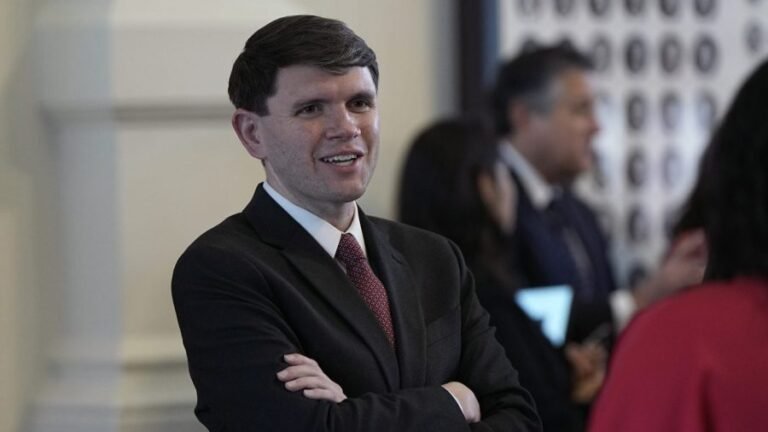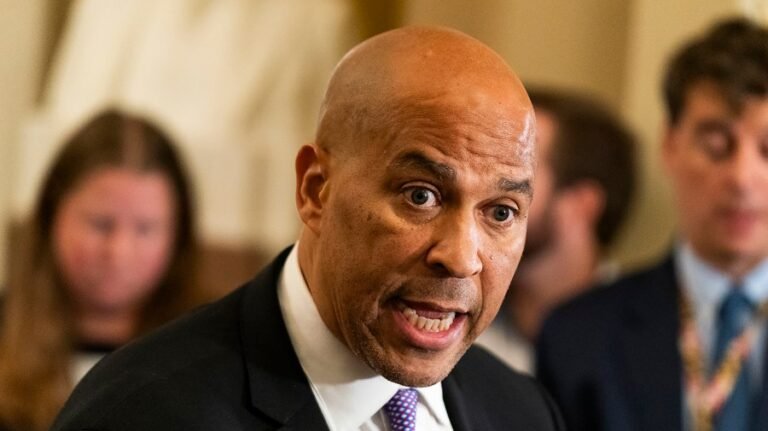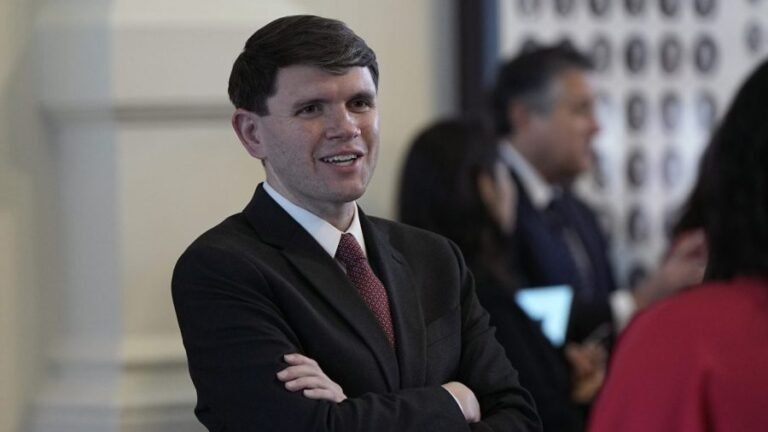
President Trump is on a winning streak at the Supreme Court with conservative-majority justices giving the green light for the president to resume his sweeping agenda.
Their recent blessing of his firings of more independent agency leaders is the latest example of the court going the administration’s way.
This White House in six months has already brought more emergency appeals to the high court than former President Biden did during his four years in office, making it an increasingly dominant part of the Supreme Court’s work.
But as the court issues more and more emergency decisions, the practice has sometimes come under criticism — even by other justices.
Trump prompts staggering activity
Trump’s Justice Department filed its 21st emergency application on Thursday, surpassing the 19 that the Biden administration filed during his entire four-year term.
The court has long dealt with requests to delay executions on its emergency docket, but the number of politically charged requests from the sitting administration has jumped in recent years, further skyrocketing under Trump.
“The numbers are startling,” said Kannon Shanmugam, who leads Paul, Weiss’ Supreme Court practice, at a Federalist Society event Thursday.
Trump’s Justice Department asserts the burst reflects how “activist” federal district judges have improperly blocked the president’s agenda. Trump’s critics say it shows how the president himself is acting lawlessly.
But some legal experts blame Congress for being missing in action.
“There are a lot of reasons for this growth, but I think the biggest reason, in some sense, is the disappearance of Congress from the scene,” Shanmugam said.
In his second term, Trump has almost always emerged victorious at the Supreme Court. The administration successfully halted lower judges’ orders in all but two of the decided emergency appeals, and a third where they only partially won.
On immigration, the justices allowed the administration to revoke temporary legal protections for hundreds of thousands of migrants and swiftly deport people to countries where they have no ties while separately rebuffing a judge who ruled for migrants deported to El Salvador under the Alien Enemies Act.
Other cases involve efforts to reshape the federal bureaucracy and spending. The Supreme Court allowed the administration to freeze $65 million in teacher grants, provide Department of Government Efficiency personnel with access to sensitive Social Security data, proceed with mass firings of probationary employees and broader reorganizations and dismantle the Education Department.
Last month, Trump got perhaps his biggest win yet, when the Supreme Court clawed back federal judges’ ability to issue universal injunctions.
The most recent decision, meanwhile, concerned Trump’s bid to expand presidential power by eviscerating independent agency leaders’ removal protections. The justices on Wednesday enabled Trump to fire three members on the Consumer Product Safety Commission (CPSC).
Decisions often contain no explanation
Unlike normal Supreme Court cases that take months to resolve, emergency cases follow a truncated schedule.
The justices usually resolve the appeals in a matter of days after a singular round of written briefing and no oral argument.
And oftentimes, the court acts without explanation.
Justices Brett Kavanaugh and Amy Coney Barrett, two of Trump’s three appointees, have long defended the practice. Last year, the duo cautioned that explaining their preliminary thinking may “create a lock-in effect” as a case progresses.
At the Federalist Society event, Shanmugam suggested the court might have more energy for its emergency cases if the justices less frequently wrote separately on the merits docket — a dig at the many dissents and concurrences issued this term. But the real challenge, he said, is the speed at which the cases must be decided.
“It takes time to get members of the court to agree on reasoning, and sometimes I think it’s therefore more expedient for the court to issue these orders without reasoning,” he said. “Even though I think we would all agree that, all things being equal, it would be better for the court to provide more of that.”
The frequent lack of explanation has at times left wiggle room and uncertainty.
A month ago, the Supreme Court lifted a judge’s injunction requiring the Trump administration to provide migrants with certain due process before deporting them to a country where they have no ties.
With no explanation from the majority — only the liberal justices in dissent — the judge believed he could still enforce his subsequent ruling, which limited plans to deport a group of violent criminals to the war-torn country of South Sudan.
The Trump administration accused him of defying the Supreme Court. Ultimately, the justices rebuked the judge, with even liberal Justice Elena Kagan agreeing.
The Supreme Court’s emergency interventions have also left lower judges to grapple with their precedential weight in separate cases.
After the high court in May greenlit Trump’s firings at the National Labor Relations Board (NLRB) and Merit Systems Protection Board (MSPB), the administration began asserting lower courts still weren’t getting the message.
The emergency decision led many court watchers to believe the justices are poised to overturn their 90-year-old precedent protecting independent agency leaders from termination without cause. But several judges have since continued to block Trump’s firings at other independent agencies, since the precedent still technically remains on the books.
The tensions came to a head after a judge reinstated fired CPSC members. The Supreme Court said the earlier case decides how the later case must be interpreted, providing arguably their most succinct guidance yet for how their emergency rulings should be interpreted.
“Although our interim orders are not conclusive as to the merits, they inform how a court should exercise its equitable discretion in like cases,” the unsigned ruling reads.
Liberals object to emergency docket practices
The lack of explanation in many of the court’s emergency decisions has frustrated court watchers and judges alike, leading critics to call it the “shadow docket.”
Those critics include the Supreme Court’s own liberal justices.
“Courts are supposed to explain things. That’s what courts do,” Kagan said while speaking at a judicial conference Thursday.
Kagan pointed to the court’s decision last week greenlighting Trump’s mass layoffs at the Education Department. She noted a casual observer might think the president is legally authorized to dismantle the agency, but the government didn’t present that argument.
Her fellow liberal justices, Sonia Sotomayor and, particularly, Ketanji Brown Jackson, have made more forceful criticisms.
Jackson increasingly accuses her colleagues of threatening the rule of law. She called one recent emergency decision “hubristic and senseless” and warned another was “unleashing devastation.”
Late last month, Jackson wrote that her colleagues had “put both our legal system, and our system of government, in grave jeopardy.”
But in Wednesday’s decision letting the CPSC firings move forward, the trio were united.
Kagan accused the majority of having “effectively expunged” the Supreme Court precedent protecting independent agency leaders, Humphrey’s Executor v. United States, from its records.
“And it has accomplished those ends with the scantiest of explanations,” she wrote.
Kagan noted that the “sole professed basis” for the stay order was its prior stay order in another case involving Trump’s firing of independent agency heads.
That decision — which cleared the way for Trump to fire NLRB member Gwynne Wilcox and MSPB member Cathy Harris — was also “minimally (and, as I have previously shown, poorly) explained,” she said.
“So only another under-reasoned emergency order undergirds today’s,” Kagan wrote. “Next time, though, the majority will have two (if still under reasoned) orders to cite.”


